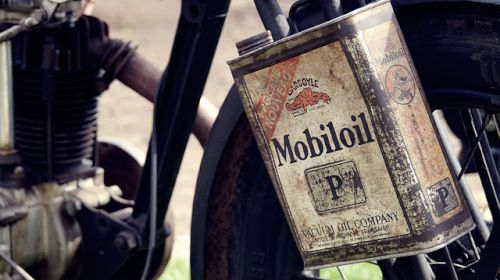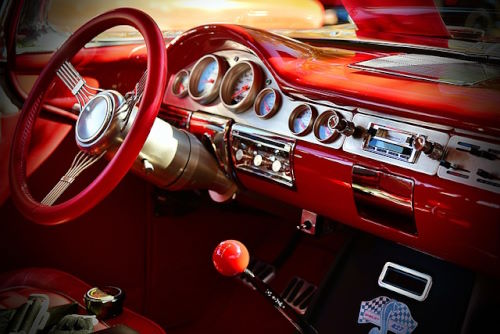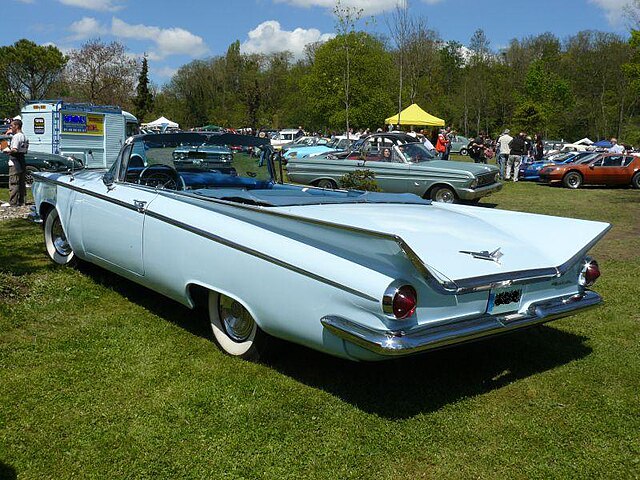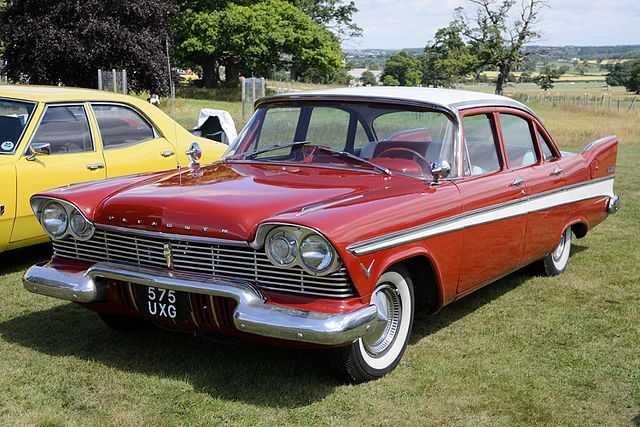
Owning a classic car is more than just driving; it’s preserving a piece of history. These timeless machines come with unique needs, and checking essential fluids regularly is the TLC they deserve to keep running smoothly and looking great.
In this guide, we’ll take you through seven must-check fluids that can make all the difference between a joyful ride and a call to your mechanic. So grab a rag, pop the hood, and let’s dive into some maintenance basics that every classic car owner should have in their back pocket.
Engine Oil: The Lifeblood of Your Classic

Engine oil isn’t just another fluid; it’s what keeps all those parts under the hood moving in harmony. The older your classic car, the more critical this becomes, as older engines tend to rely heavily on oil to stay lubricated and reduce friction between moving parts.
Over time, oil breaks down and loses its effectiveness, leaving your engine vulnerable to wear.
How to Check: Pull out the dipstick and wipe it clean. Then reinsert it fully and pull it out again, looking at the level and color. Fresh oil should be amber, but if it’s dark or gritty, it’s time for a change. Also, look out for any leaks under the car—these classics can be territorial and tend to leave oil spots as a calling card. If you spot one, address it quickly to prevent bigger issues.
Quick Tip: Consider using high-quality oil specifically made for older engines. Some classic car owners swear by oils with zinc additives, which can provide extra protection for older metal parts.
Transmission Fluid: Smoother Shifts for a Better Ride

Transmission fluid plays a dual role—it helps you shift gears smoothly and also cools and protects the internal transmission parts. If you’ve ever felt your classic car shudder or hesitate when changing gears, it might be calling out for a transmission fluid check.
This is especially crucial for older automatics, which can be more finicky than modern transmissions.
How to Check: For automatics, check the fluid with the car warmed up and in park. The fluid should be a bright red or pink and have a mild, almost sweet smell. If it’s dark or has a burnt odor, it’s a sign that your transmission needs attention. For manual transmissions, follow your car’s manual—some require a different checking method and fluid type.
Helpful Hint: Always use the type of transmission fluid recommended for your vehicle. Classics often require specific fluid types that newer cars may not use, so double-check your owner’s manual or consult a trusted mechanic.
Related: How Often to Service Your Classic Car: 9 Key Guidelines
Brake Fluid: Stopping Power You Can Count On

Brake fluid is the unsung hero that allows you to stop safely, even if the brakes feel a bit more “classic” than today’s high-tech systems. Over time, brake fluid can absorb moisture, leading to corrosion in the brake lines and reducing your braking power.
How to Check: Locate the brake fluid reservoir and ensure the fluid level is between the minimum and maximum lines. The fluid should be light in color—if it’s dark or cloudy, it’s time for a flush. Frequent top-offs might indicate a leak, which is essential to address quickly.
Safety Tip: Aim to replace your brake fluid every couple of years. Classic cars, especially, benefit from fresh brake fluid, which can extend the life of your brake system and give you peace of mind on the road.
Coolant: Keeping Things Cool and Collected

Even the toughest classic engines need help staying cool, especially if your car isn’t equipped with modern cooling systems. Coolant helps manage engine temperature and prevents overheating, a common problem in older models that aren’t as efficient as today’s cars.
How to Check: With the engine cold, pop the radiator cap and check the coolant level. Coolant should be bright and clear—if it’s murky or rusty, flush it out and replace it. Also, check hoses for any cracks or signs of wear, as they can weaken over time.
Extra Tip: A 50/50 mix of water and antifreeze is usually the go-to for classic cars. This blend prevents the coolant from freezing in the winter and boiling in the summer, helping your engine stay happy all year round.
Related: 7 Signs Your Classic Car Needs Immediate Maintenance
Power Steering Fluid: Easing Those Turns

If your classic car has power steering, keeping the fluid topped off is a must for smooth steering and overall driving comfort. Power steering fluid helps transfer pressure from the steering wheel to the wheels, making it easier to maneuver your car.
How to Check: With the engine off, locate the power steering reservoir and check the level. It should be at or near the “full” line. Look out for any low levels or signs of leaks around the pump and hoses. If steering starts to feel heavy or noisy, it might be time for a fluid top-off or change.
Pro Tip: Be aware of any unusual sounds from your steering—this can be an early sign of low fluid or an issue with the power steering pump. Ignoring it could lead to costly repairs down the road.
Differential Fluid: Taking Turns Like a Pro

The differential is one of those often-overlooked parts, but it’s essential for keeping your wheels moving at the right speed when turning. Regularly checking the differential fluid helps reduce friction and wear, giving you smoother rides and less noise from the back end.
How to Check: Checking differential fluid isn’t as simple as pulling a dipstick; it typically involves removing a fill plug. Check with a mechanic if you’re not comfortable doing it yourself. Fresh differential fluid is usually golden or light brown, while older fluid appears darker.
Maintenance Tip: The differential fluid doesn’t need changing as often as engine oil, but it’s worth checking every few years or whenever you notice unusual noises from the rear of the car.
Windshield Washer Fluid: Seeing Clearly in All Conditions

It might seem minor, but having a clear windshield is crucial for safe driving. Over time, dirt and dust build up, and having washer fluid handy can make all the difference when you’re out on a drive.
How to Check: Check the windshield washer reservoir under the hood and top it off as needed. Use a fluid designed for your local weather conditions—there are summer and winter formulations, which help in extreme temperatures.
Quick Note: Keeping your windshield clean isn’t just about looks; it’s about safety. If you’ve ever been caught in a sudden downpour or hit a bug swarm on the highway, you know the value of good washer fluid!
Final Thoughts
A well-maintained classic car is a joy to drive, and keeping these seven fluids in check is one of the simplest ways to extend its life and performance. After all, these beauties deserve a bit of attention under the hood!
So, the next time you’re spending time with your car, give these fluids a quick check—you’ll be rewarded with a smoother, safer ride. Got any maintenance tips, stories, or photos of your classic? Share them on our Facebook page and let’s keep our classics on the road!
Related Articles:
